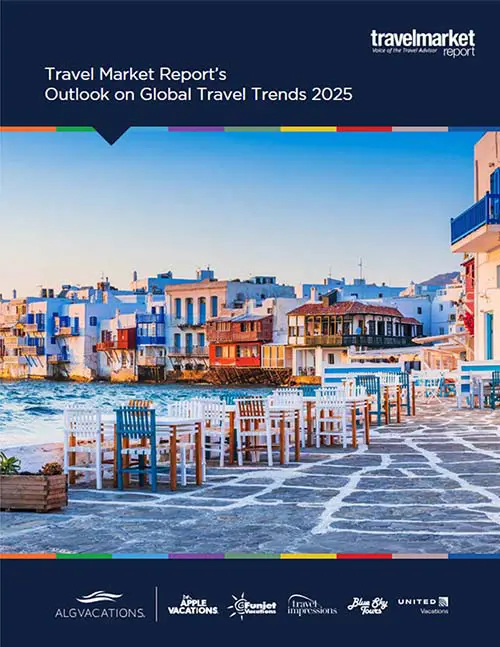Enhancing Caribbean Connectivity: interCaribbean Airways Sets Sights on Canada
by Marsha Mowers
Trevor Sadler – CEO, interCaribbean Airways.
Inter-regional connectivity within the Caribbean has been a long-standing issue. It’s been discussed at various CTO conferences over the years as demand for island-hopping and better access to smaller airports continues.
The CEO of interCaribbean Airways, Trevor Sadler, plans to increase access even further and include a focus on the Canadian market for 2025 and beyond.
Currently, interCaribbean’s network spans 22 cities across the Caribbean. The airline primarily serves countries and territories in the Caribbean Basin, including Antigua & Barbuda, The Bahamas, Cuba, Dominican Republic, Grenada, Haiti, Saint Lucia and St. Vincent and the Grenadines.
The airline was founded by current Chairman Lyndon R. Gardiner with a single Cessna that provided charters as InterIsland Airways. In 2003, the airline rebranded as Air Turks & Caicos to facilitate ambitious expansion. It rebranded once again in 2013 as interCaribbean Airways, reflecting a broader Caribbean inter-island focus and paving the way for new route opportunities across the region.

“Obviously, the Caribbean, for the longest time, has been the a point of interest in terms of destination, visits, vacations and in some markets, the Snowbird type traffic that stays for up to six months in the warm weather,” Sadler told Travel Market Report Canada Tuesday afternoon.
“The Canadian airlines serve many of the markets that we fly to, and we we do see quite a bit of connectivity onward that comes off, typically Air Canada or WestJet that comes into Antigua or into San Juan or into Barbados, for example. Those three points, are strong for us primarily in terms of connectivity.
Developing Canadian relationships
The airline is working to achieve its BSP, IATA’s Billing and Settlement Plan, which is a system for processing payments for travel agencies and airlines. The designation would allow them to work directly with Canadian travel advisors for ticketing and commissions, and is expected to be completed by the end of summer 2025, just in time for the busy winter booking season.
“We expect in the next two to three months to be able to give Canadian advisors the opportunity to take the commissions that we pay. Unlike most airlines who have eliminated commissions, we continue to value the relationship with the travel selling community.”
Expanding fleet
While the airline might’ve started with a Cessna, it’s currently using the Embraer 145 which holds fifty passengers and eight new, larger aircraft are on the way. Expected to be ready by Fall 2025, the airline’s acquired eight Embraer 170 aircraft which allow for longer ranges of 2,000 nautical miles; about a 5-hour flight.
“The reality is that from our home base of Providenciales, we can come all the way up and over the border into Canada,” Sadler says. “We’re factoring in what’s going on in the current political arena and we feel we can operate there successfully. It won’t be a day one option as we onboard the aircraft, but nevertheless, we feel that opportunity and the aircraft size will give us a window to come closer to Canada than we might otherwise have thought.”
New destinations for 2025 include Anguilla, Guadaloupe and Martinique.
“We are eager to collaborate in raising awareness in Canada and ensuring that the Caribbean remains a premier destination for Canadian travellers.”




















